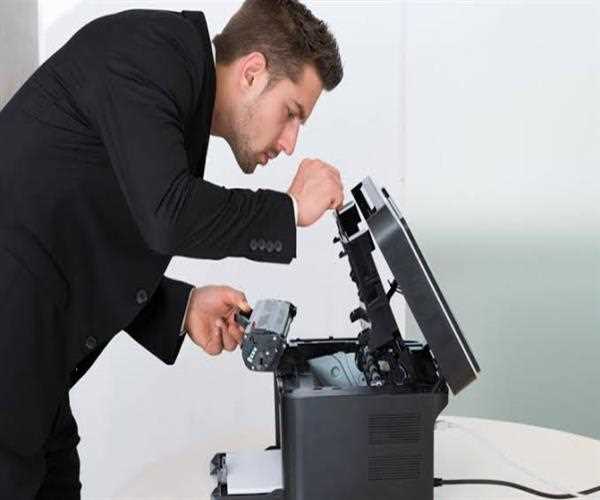When a printer is not connecting to a computer, it can be frustrating, but there are several steps you can take to troubleshoot and resolve the issue:

Check Physical Connections:
Ensure that the printer is properly connected to the computer. Verify the USB or Ethernet cable connections and make sure they are securely plugged into both the printer and the computer.
Power Cycle Printer and Computer:
Turn off both the printer and the computer. Unplug the power cords from both devices and wait for about 30 seconds. Reconnect the power cords and turn them back on. This can help reset the connection.
Verify Printer Power and Status:
Ensure that the printer is powered on and not displaying any error messages. Some printers have LED indicators that provide information about the status of the connection. Check the printer's display panel or refer to the user manual for guidance.
Update Printer Drivers:
Outdated or incompatible printer drivers can lead to connection issues. Visit the printer manufacturer's website and download the latest drivers for your printer model. Install the updated drivers on your computer.
Check Printer Connection Settings:
Verify that the printer is set to the correct connection mode (USB, Ethernet, wireless, etc.). Navigate to your computer's "Devices and Printers" settings, select the printer, and ensure the connection settings match the physical setup.
Restart Print Spooler:
The print spooler service manages print jobs in the queue. Open the Services app on your computer, find "Print Spooler," right-click, and select "Restart." This can resolve issues related to stuck print jobs.
Run Printer Troubleshooter:
Many operating systems, including Windows, come with built-in printer troubleshooters. Run the troubleshooter to automatically detect and fix common printer connection problems.
Check Firewall and Antivirus Settings:
Firewall or antivirus software might block communication between the computer and the printer. Temporarily disable these security features and attempt to connect the printer. If successful, adjust the settings to allow the printer connection.
Update Operating System:
Ensure your computer's operating system is up-to-date. Operating system updates often include bug fixes and improvements that can address compatibility issues with printers.
Reset Network Settings (if using a network printer):
If your printer connects via Wi-Fi or Ethernet, reset the network settings on the printer and reconfigure the connection. This may involve pressing a reset button on the printer or accessing the printer's settings through a web interface.
Check for Physical Damage:
Inspect the printer's cables for any signs of damage. If you find any issues, consider replacing the cables.
If, after following these steps, the printer still doesn't connect to the computer, it may be helpful to consult the printer's user manual or contact the manufacturer's support for more specific guidance based on your printer model and computer setup.